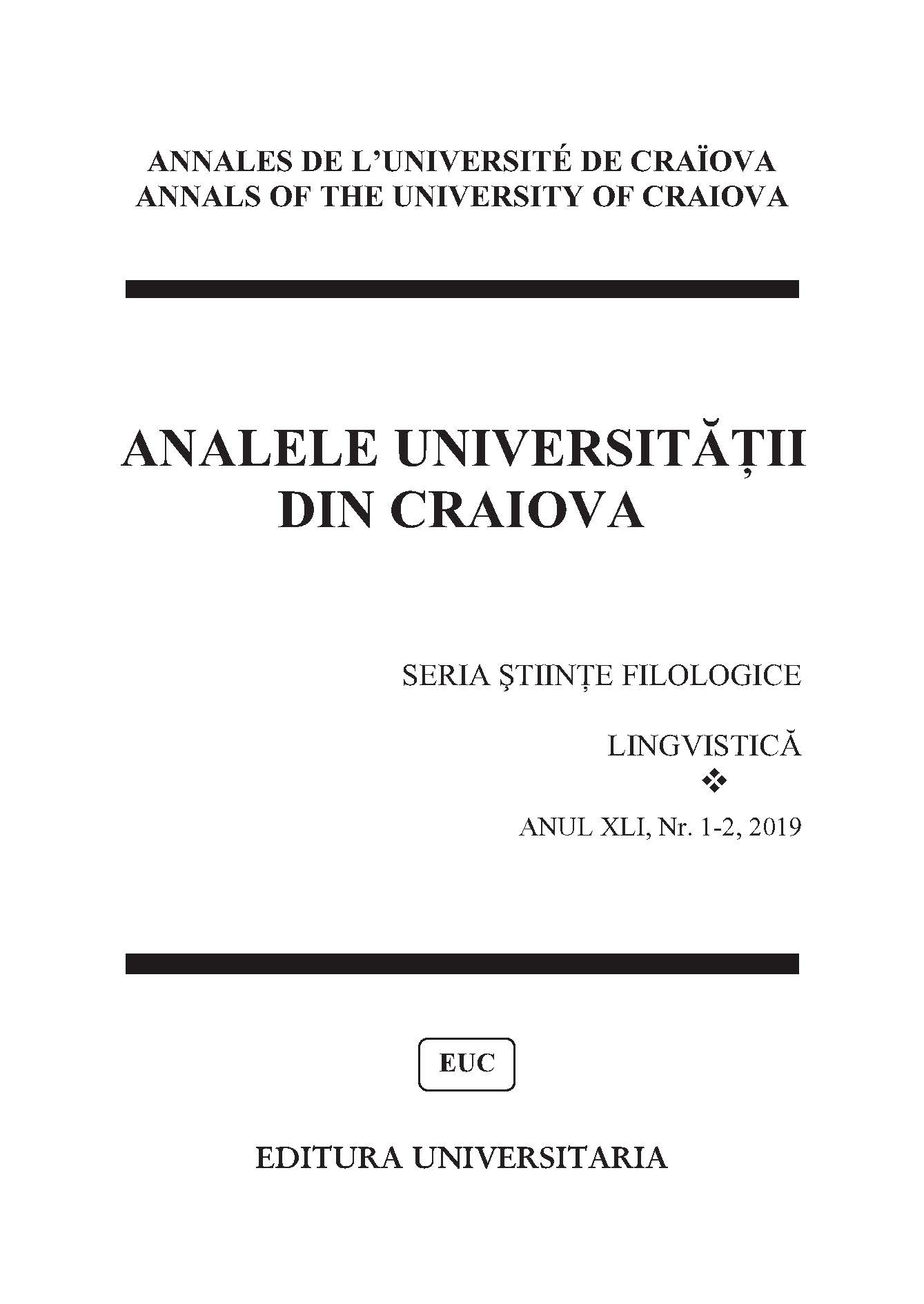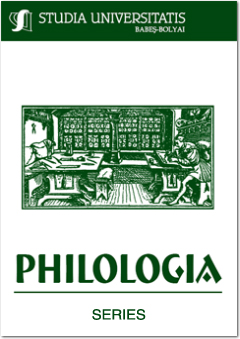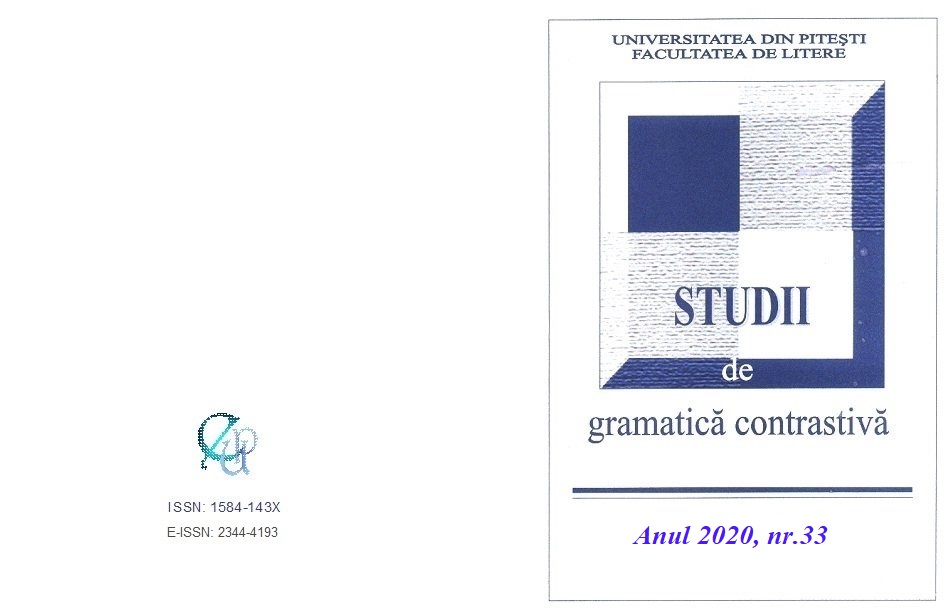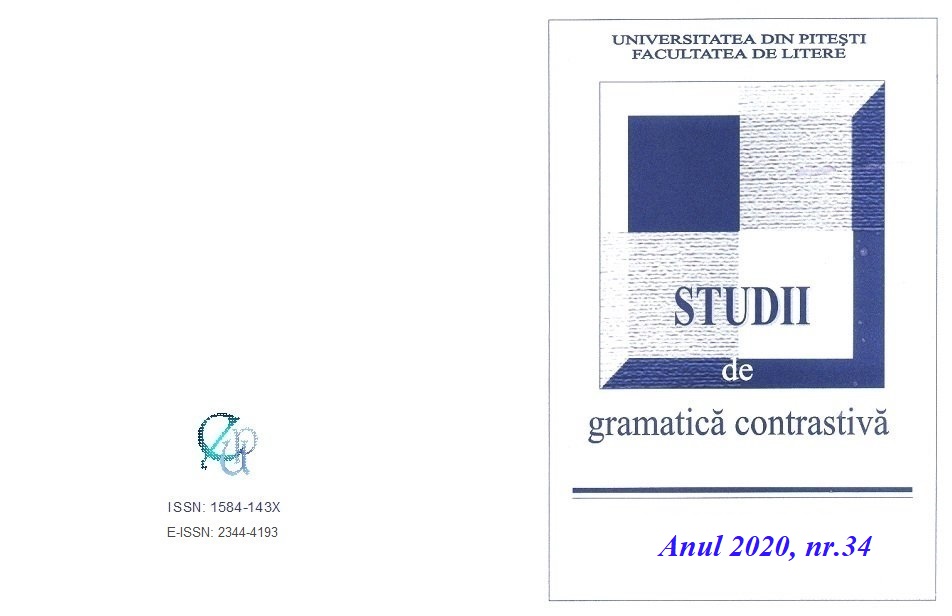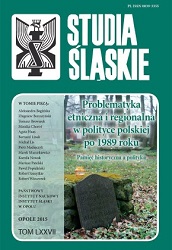
Rzeka Odra i jej wpływ na toponimię
A river that provides with a life-giving water, creates the capability of natural defense, facilitates communication always enticed the man to settle over it. The dangers of the neighborhood did not discourage him. The name of the river was often transferred to the settlements established by him. The vast basin of the Oder is and was not ethnically and linguistically consistent in the past and that diversity is also reflected in the geographical naming. The paper discusses the Polish, German and Czech place names, formed from the hydronym Oder, along its course - from its source to the estuary. It is a numerous group of names that are chronologically, semantically and structurally diversified. Most of them were established in the German language, those are both the older and the more recent names, among which a large group officially granted in the thirties of the XXth century. In linguistic terms these are assemblies consisting of the name of the river Oder and the nouns defining the nature of the object, as well as the compilations with the localizing element that indicates the position of the town by the river. At the same time, the article draws attention to various ways in which these elements may be written: as a prepositional phrase an der Oder [by the Oder], giving the name into brackets or after a slash (/). Among the Polish names, in terms of the construction of word formation, names that are equal to the name of the river may be distinguished, also through the usage of suffixes -ica, -isko, prefixes przy-, za-, and the correlation with the localization element in the form of an adjective Odrzański [adjective of Oder] or a prepositional phrase nad Odrą [by the Oder]. Czech names are less numerous, which probably arises from the fact that the river Oder flows through that country on a relatively short distance. Here the prepositional names with a localization element nad Odrou [by the Oder] outweigh.
More...
